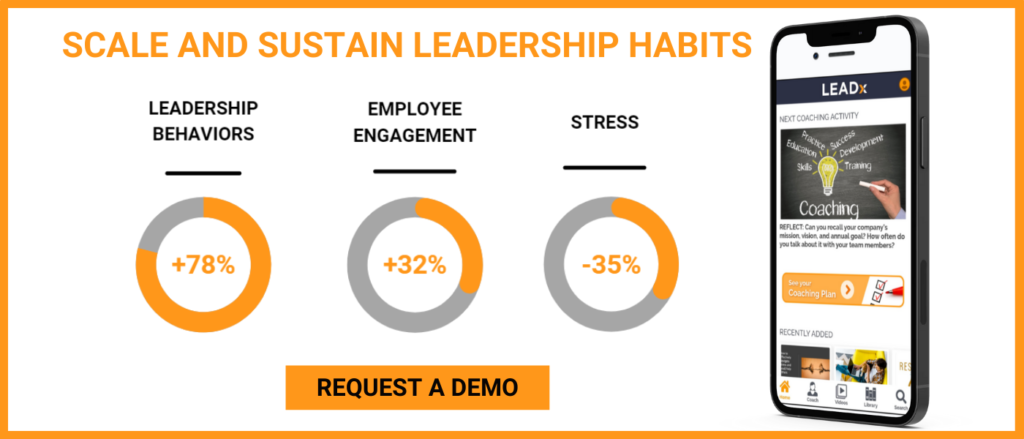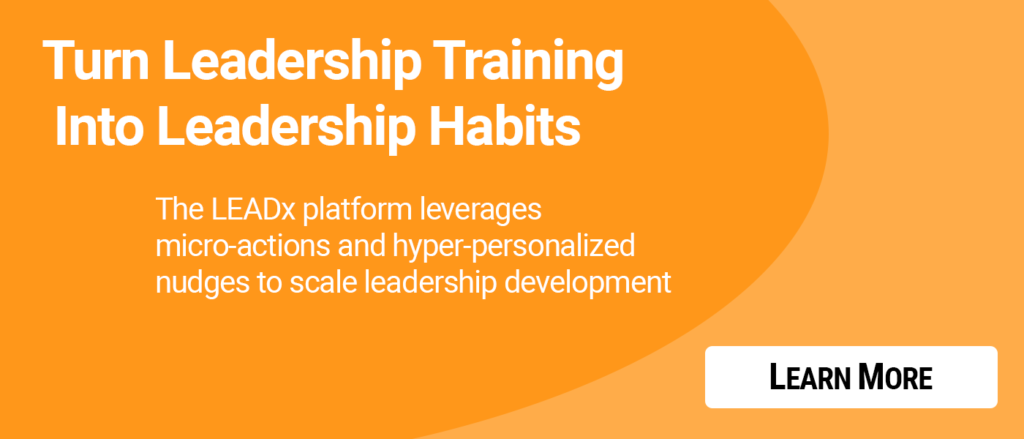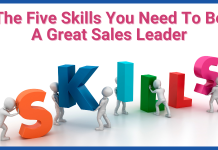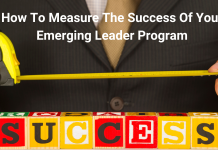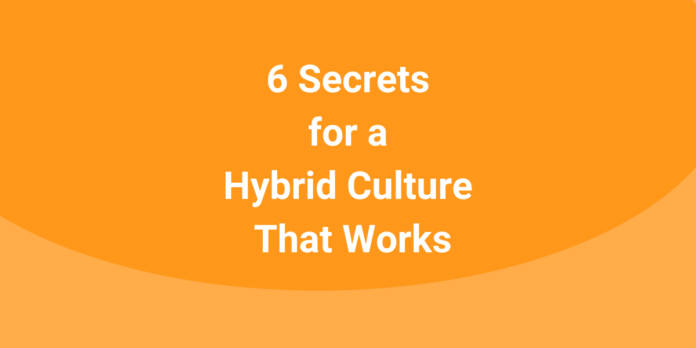
For most organizations, hybrid work is uncharted territory. Author, speaker, and researcher Tamara Myles hopes to change that. A resilience trainer at the University of Pennsylvania’s Positive Psychology Center and consultant for companies including Microsoft, Anytime Fitness, and Unilever, Myles is working on a book to help leaders navigate the new world of hybrid work.
I had the opportunity to catch up with Myles to get her take on what makes hybrid work “work,” and what leaders need to know about creating successful hybrid cultures.
This interview has been lightly edited for clarity and length.
Kevin Kruse: You mentioned that hybrid work is a kind of “third culture,” and that you drew on your experience as a “Third Culture Kid” in creating a model for hybrid work. What does that mean?
Tamara Myles: “Third Culture Kid” is a term that was coined in the sixties to describe kids who spend a significant amount of time living in a culture that is not that of their parents.’ I grew up mostly in Brazil, but spent some formative years here in the U.S. before going back to Brazil and then permanently relocating to the U.S. Third Culture Kids have one cultural experience at home with their families, and another at school and in social settings. The “third culture” is an amalgamation of the two. Similarly, hybrid work could be considered a “third culture” because it’s an amalgamation of in-person office culture and remote culture.
Kruse: In your research, what have you found to be the foundation for a healthy, hybrid work culture?
Myles: The challenges and benefits most salient for leaders to address in a hybrid workplace culture are very similar to the challenges and benefits experienced by Third Culture Kids. They are:
- Community
- Resilience
- Empathy
- Autonomy
- Transparency
- Equity
Together they form the acronym CREATE, which feels very fitting. It denotes intentionality around creating a successful hybrid environment.
Kruse: What do you think is the biggest opportunity for leaders in creating culture for a hybrid work environment?
Myles: One of the biggest opportunities is giving people more flexibility and autonomy—the “A” in CREATE. We know from decades of data that autonomy is a huge motivator. We are driven to want to “self-direct” and have a voice in how things get done. People thrive when they are clear on expectations and have freedom around when, where, and how they do their jobs. Working remotely showed many leaders that they can trust people, because people over-performed, productivity went up, and work got done. Last summer, one of my colleagues and I did research with leading organizations like Marriott, Microsoft, and Google to find out how they make work meaningful. Autonomy was front and center. These companies invest a lot of time and money in hiring and searching for the best talent, so what good would it do to bring in the best people only to micromanage them?
Kruse: How should leaders go about giving people an equally autonomous experience when some people are in the office and some people aren't?
Myles: I think this is one of the biggest challenges with hybrid work. It’s crucial that leaders don't unintentionally create an “us and them” environment where it’s the remote people versus the in-office people. It really comes back to equity, the last “E” in CREATE. When a lot of people hear the word “equity,” they immediately think of it in the context of diversity and inclusion, and that’s very important, but it’s also about the difference in experience between remote and in-person workers. How do you ensure that you don't end up with two completely different employee experiences?
There are different ways to go about it. Technology plays a big role. You want to ensure someone who is joining a meeting remotely can hear what’s being said and be heard so they feel like an equal participant. It’s also important to make sure that the organization’s values are front and center so people know the behaviors that are expected of them. So making sure expectations for behavior and outcomes are clear—which bleeds over a little bit into transparency—and then letting people arrive at the outcome in whatever way they choose, which is about autonomy.
Kruse: What role does resilience play in hybrid cultures?
Myles: Resilience is one of my favorite topics. I’m a trainer for the Penn Resilience Program, and I help teach it in Penn’s Master of Applied Positive Psychology program. There are decades of research that show that resilience is a skill that you can learn. But when people first started studying resilience, it was thought of as an extraordinary, magical power that some people had and some didn't. But research has found that’s not the case.
Resilience in a work environment can be cultivated in two different ways. One is giving people the skills of resilience—training them on mental agility and self-awareness, for example. The second is normalizing it—making resilience part of the language of work. It takes leaders being willing to say, “wow, this is really challenging. How are you doing? What opportunities do you see to learn and grow from this experience?” It’s helping people find the silver linings, focus on what they can control, and ways to take purposeful action when faced with adversity.
Kruse: What would you say is one skill that’s more important when managing remotely vs. managing in person?
Myles: If I'm managing remotely, one of the skills that I would lean heavily on is my ability to foster relationships within my team and maintain those connections remotely.
We know from research that when we all went remote, we were generally pretty intentional about trying to stay in touch with people. But what happened was we stayed in touch with people that we already had strong social ties with. So we lost the “weak” ties and the connections with people in our outer circles. And losing weak ties really undermines our sense of belonging and collaboration at work. And so if I'm a manager, I'm ensuring not only that my relationship with everyone on my team is strong, but I'm also making sure that people on the team are connecting with each other and with others across the organization. That’s a big part of building community.
Kruse: What advice would you give leaders who are currently in the process of transitioning their workforces to the hybrid model?
Myles: This question brings me back to something the instructor said during my yoga class this morning: the hardest poses in yoga are actually the transitions between poses. Because when you settle into a pose, you already know what to do, but sometimes the transition from one to another can be really uncomfortable. We’re all in a moment of transition right now. Transitions are a huge part of the Third Culture Kid experience—you learn how to live in this liminal state.
And so I'm thinking about this moment as the transition into the future of work, whether that’s hybrid, everybody back in the office, or everybody remote. So leaders can't forget that we're in a period of transition and there's a little bit of grief involved in every transition. You're excited about the next stage, but you're grieving the loss of whatever you're leaving behind, too. One of the most forwarded articles in the beginning of the pandemic was the HBR article that talked about how the collective emotion we were feeling was grief. It named that emotion for us and gave us a path forward. Naming the experience or emotion helps normalize it.


